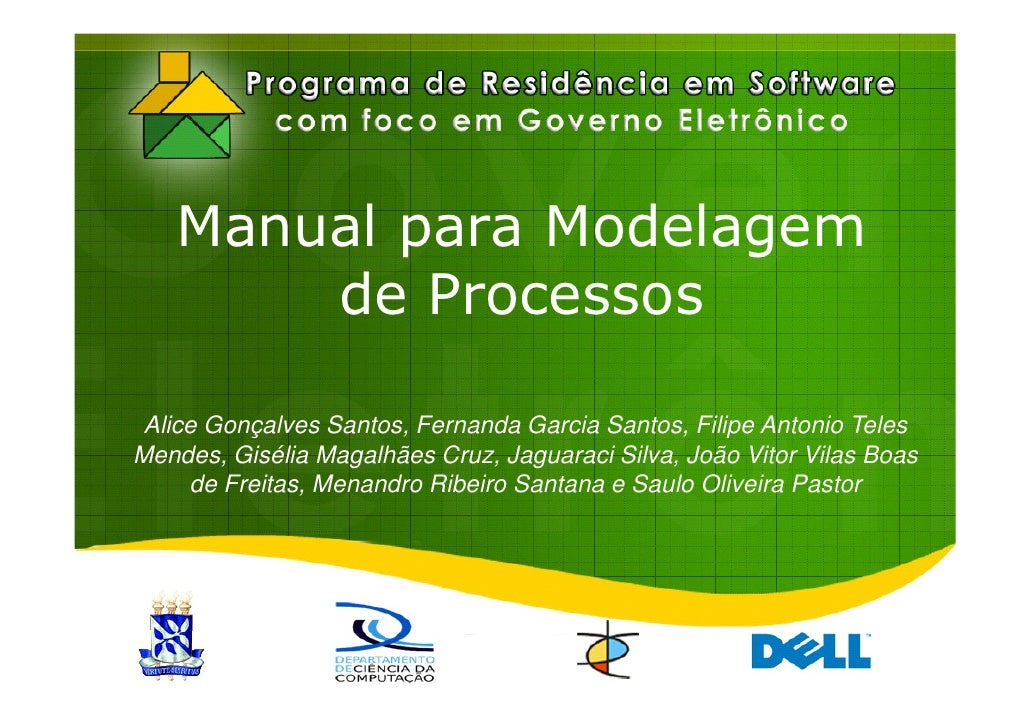FACTO Enterprise Architecture Framework
Is or is not the IT Governance ensured by the COBIT 5?
Among goals and objectives for supporting and using the COBIT as 4 as 5 within the IT Governance project, I will show a little vision that I have about it.
The Implementation of good practices usually is seen and drawn in a top-down approach, in which the vision of IT governance suggests their origin from executive board of firm, and does not to improve their business unit processes. In order to align the contained practices conjointly with Sarbanes Oxley law, therefore, the projects, which involves IT governance ever won’t run over communication, collaboration and commitment visions within the other company’s business units.
IT governance projects are driven to legal requirements, which are mandatory and don't particularly follows in a cooperative form. Normally it starts from the business process management, where there are three kinds of process: management, operational and support. The entire value chain of the firm needs to cross all these processes, whereas their collaboration is very important, in addition, the proper communication and commitment of people to achievement goals and objectives of these processes.
The COBIT or anywhere process model, depends on business process management, mainly to figure out the people that perform the key processes in the entire value chain, where the principles and standards will be defined in according to expected type of this practice in the business unit processes. Without collaboration, communication and commitment of the people, you cannot govern the whole firm.
Figure 1 – COBIT 5 draft (ISACA).
The Figure 1 shows how the COBIT 5 processes are in a high level of abstraction, i.e. define, align, and suggest, however, don't effectively carries on the activities. As matter as fact, all these activities, that only are suggest, will be performed automatically by the software systems or manually, based on knowledge of the people. Thus, the correct implementation of the software systems would be ensured only when the right instantiation of a IT governance model, what is a role of an enterprise architecture in the company.
In defense this argument, I will quote a few goals when someone wishes to implement enterprise architecture (coincidence or not is very similar that already cited by the COBIT’s principles):
1 – To make a connection between business requirements and IT projects and their software systems.
2 – To arrange a set of IT activities into a process model, which generally can be accepted by the people that
performing their activities in a holistic way.
3 – To identify the most important IT resources to being used in according with the business strategy and IT.
4 – To define a management objectives control to being considered avoiding the inadvertent use of IT resources.
In fact, is or is not the IT Governance ensured by the Enterprise Architecture?















